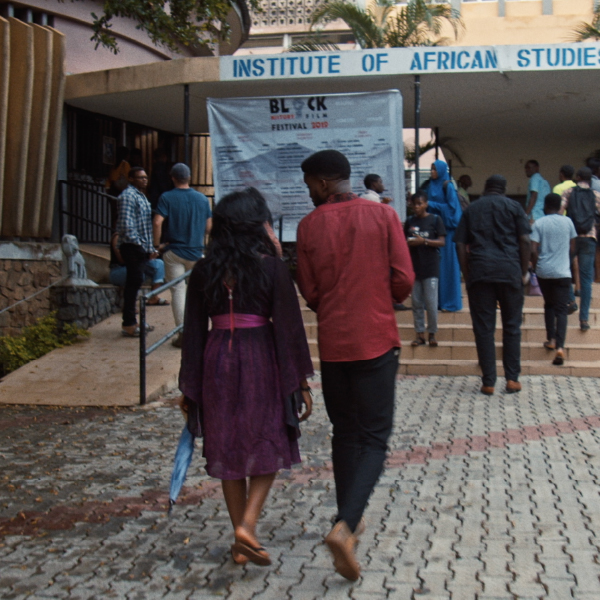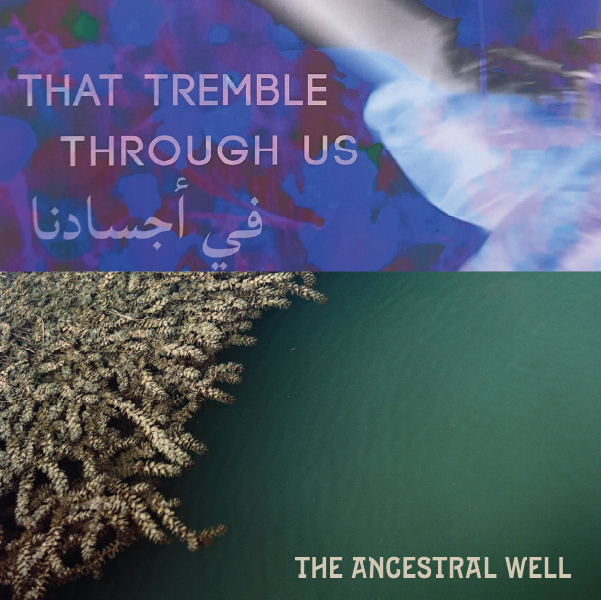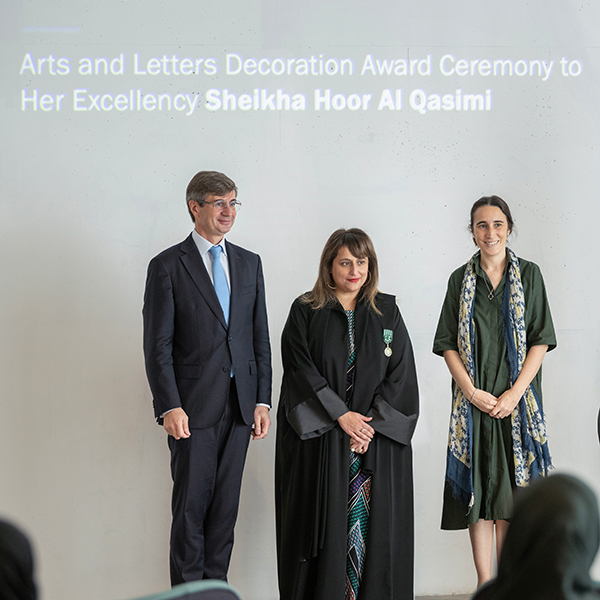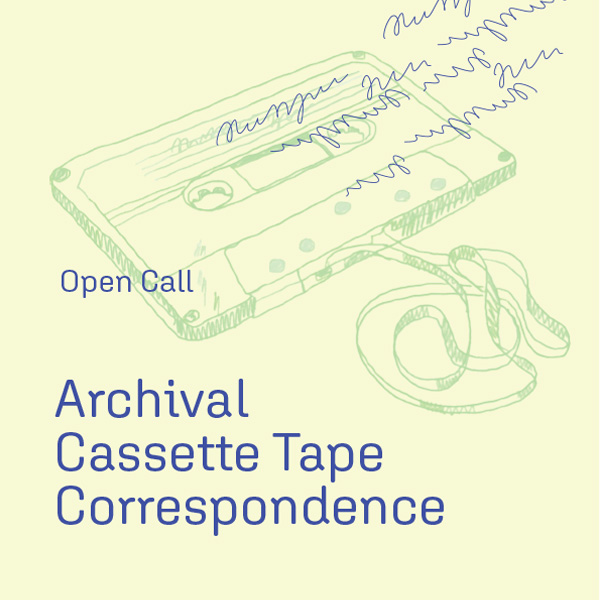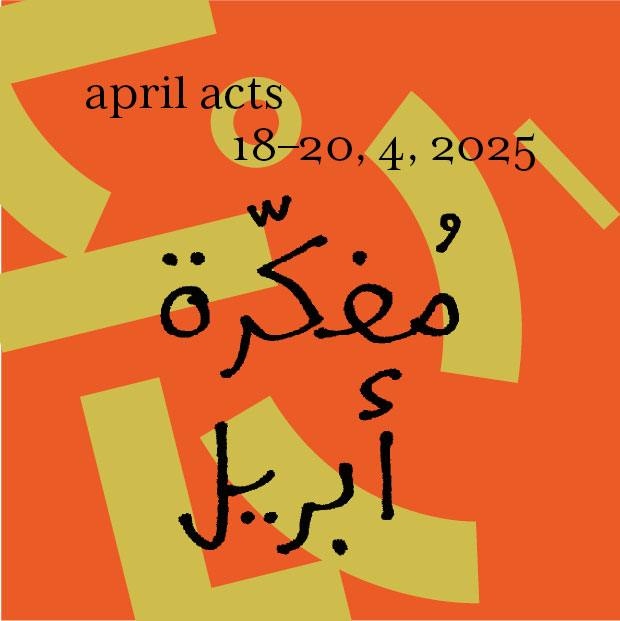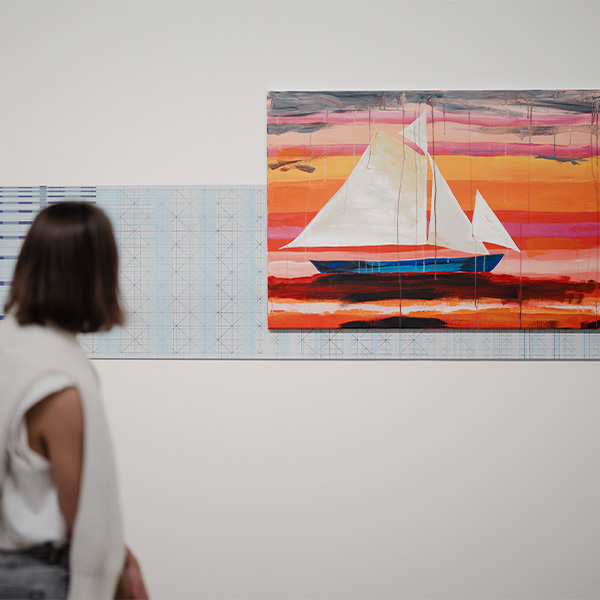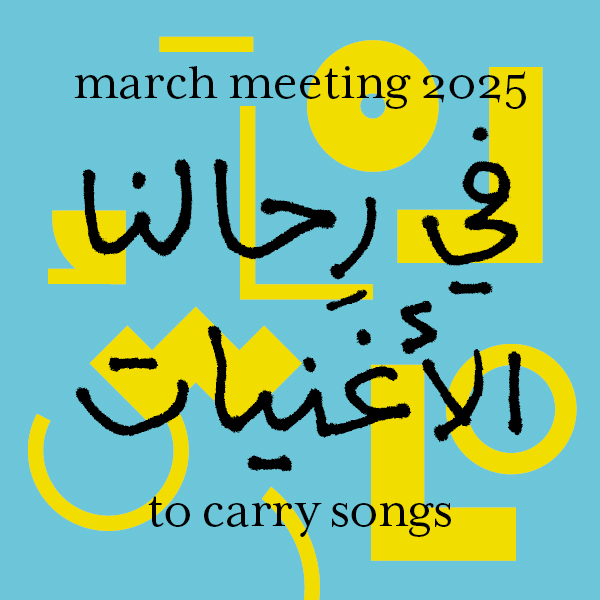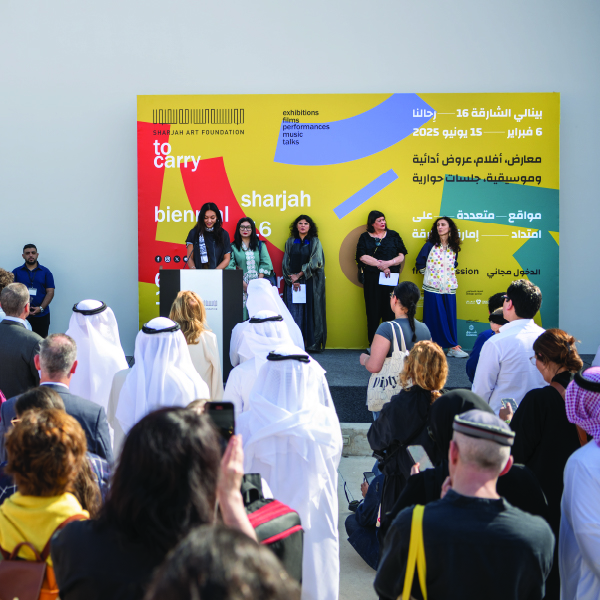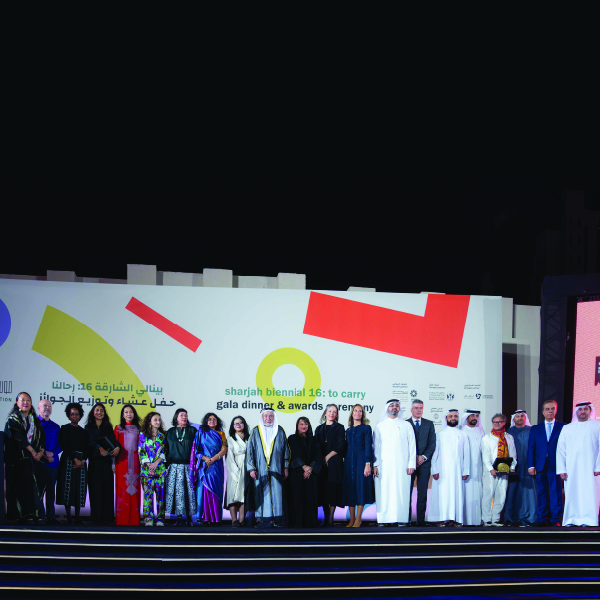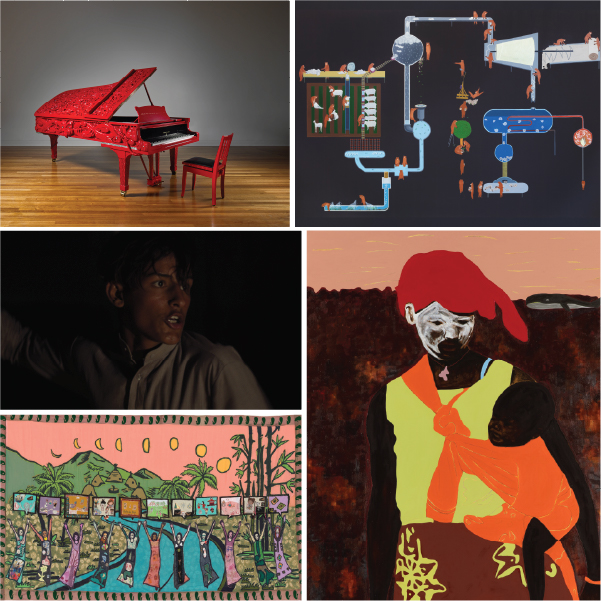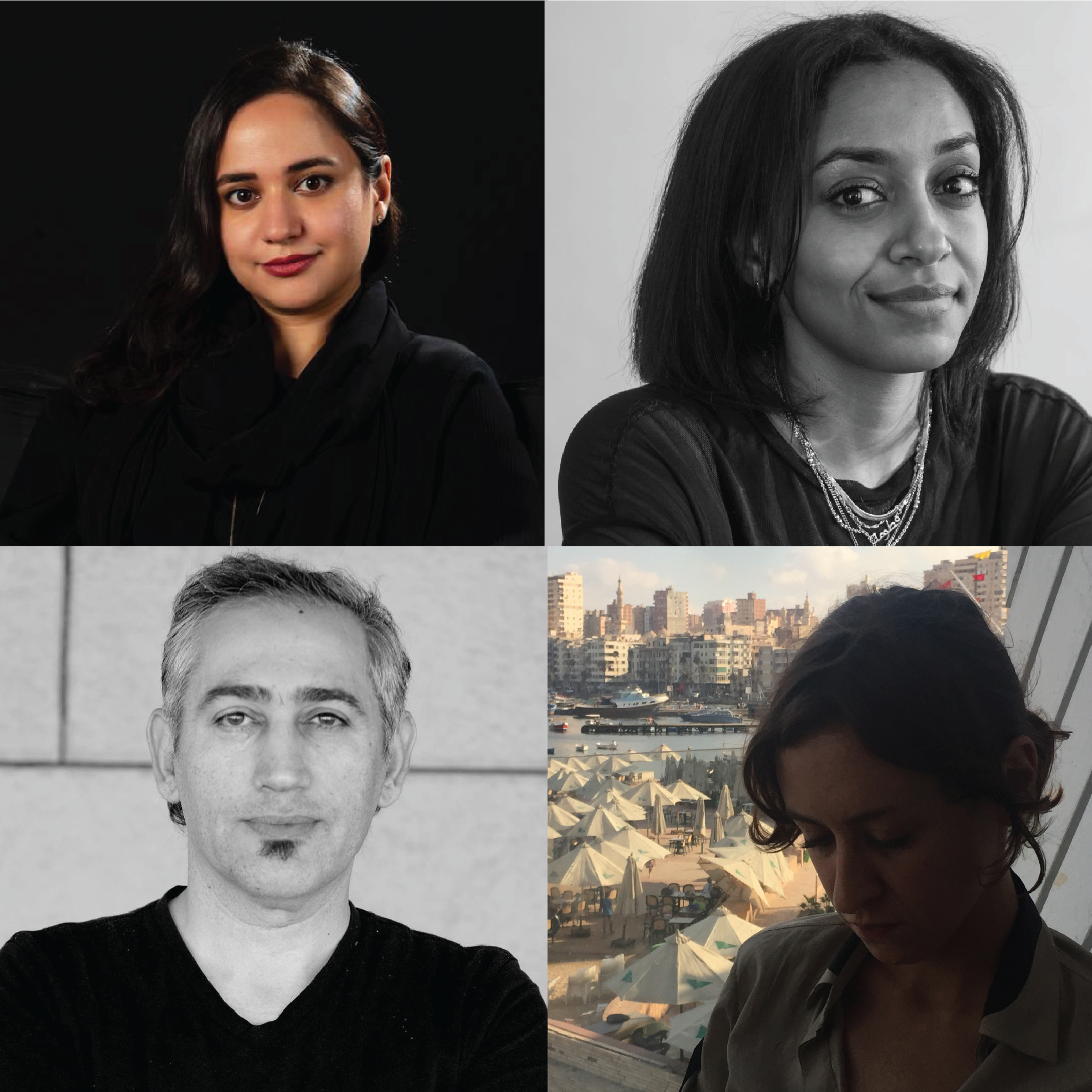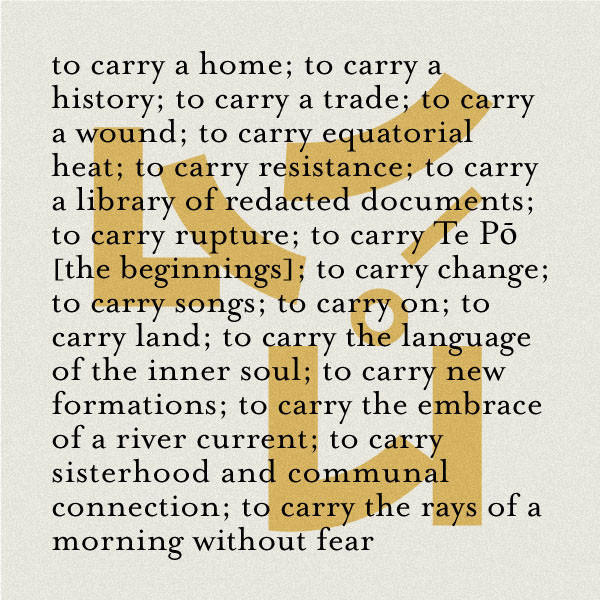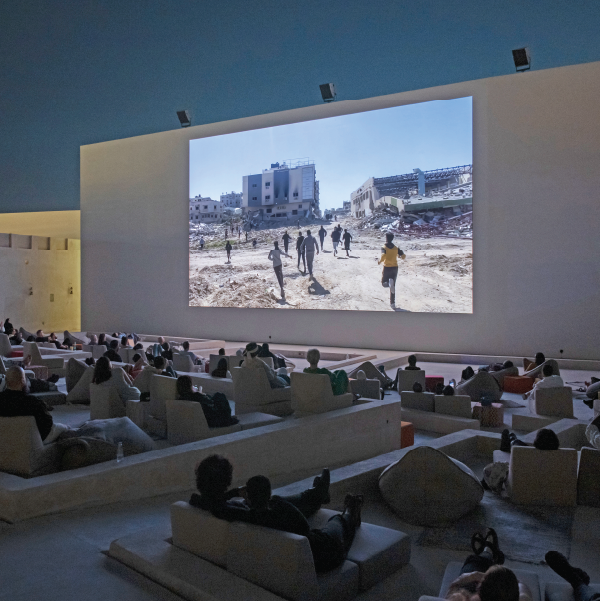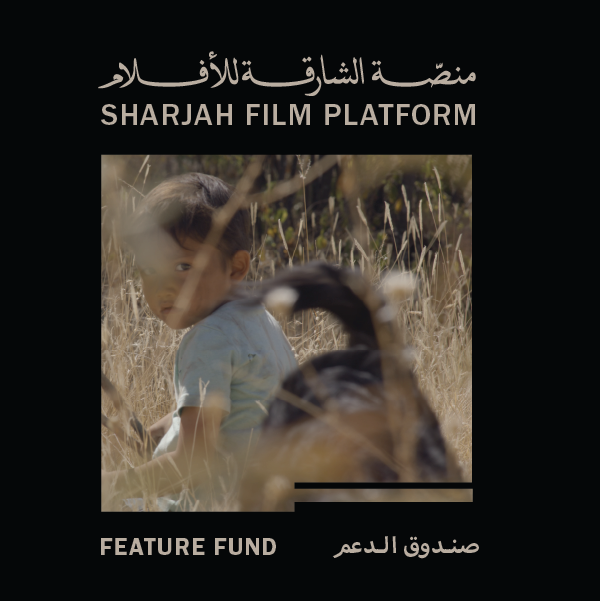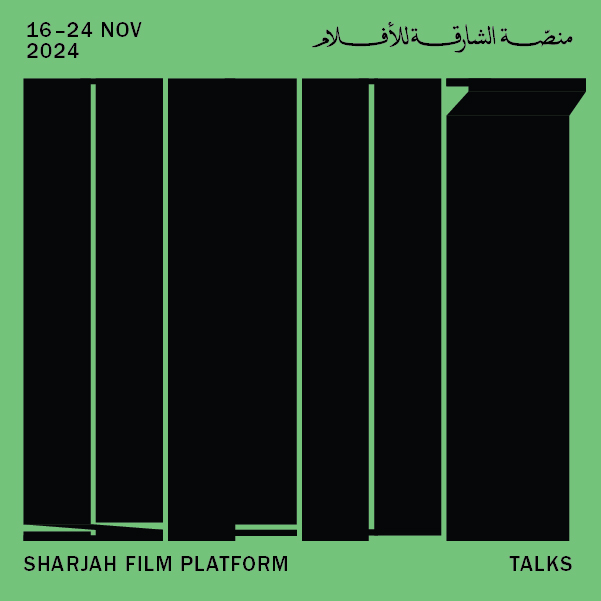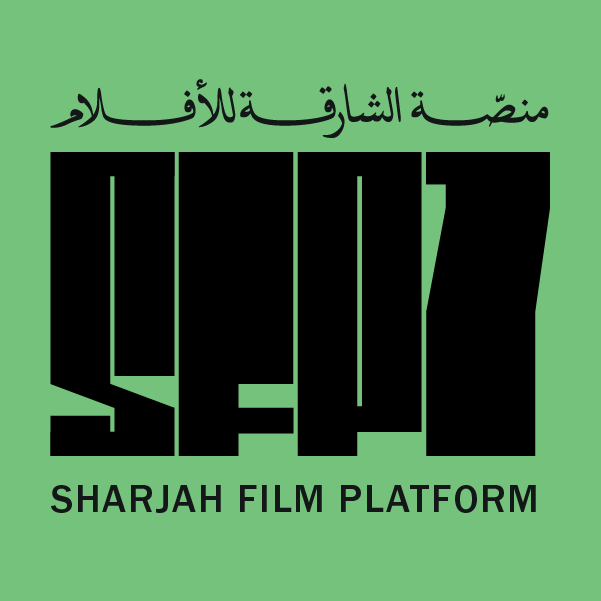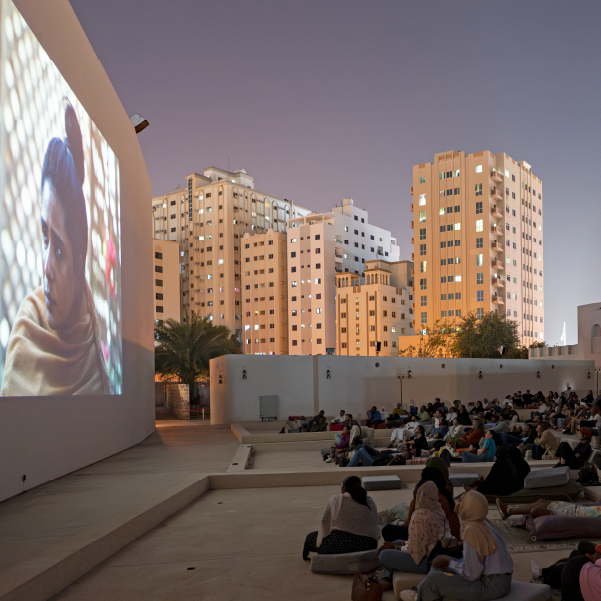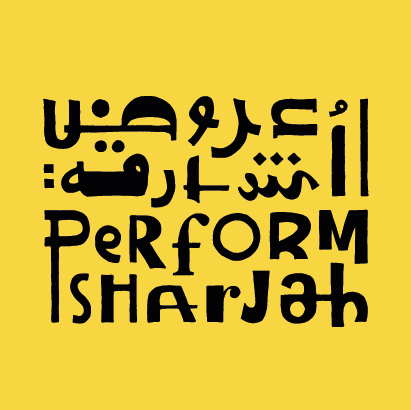Sharjah Art Foundation Press
Welcome to the Sharjah Art Foundation online Press Office. Here you will find copies of current and past press releases. For further information and access to high resolution images please contact press@sharjahart.org
Sharjah Art Foundation collaborates with NYU Abu Dhabi to present winning projects from the seventh edition of Sharjah Film Platform
Published on 1 May 2025
Sharjah Film Platform Montage seeks to develop new connections and expand film festival audiences through screenings outside Sharjah
Sharjah Art Foundation releases two vinyl albums for Sharjah Biennial 16: to carry
Published on 18 April 2025
Hoor Al Qasimi recognised as Officer of the Order of Arts and Letters by the Embassy of France in the UAE
Published on 15 April 2025
Sharjah Art Foundation announces an open call to help build an archive of voice recordings related to the UAE
Published on 9 April 2025
The open call welcomes personal cassette tapes in a variety of languages, made between 1970 and 2000
Sharjah Art Foundation announces Aziz Hazara, Pallavi Paul and Pratchaya Phinthong as winners of Sharjah Biennial Prize
Published on 11 February 2025
Sharjah Art Foundation announces winners of the Sharjah Film Platform 7 Short Film Production Grant
Published on 23 January 2025
Sharjah Art Foundation announces winners of Sharjah Film Platform 7 awards
Published on 26 November 2024
Seventh edition of Focal Point opens this weekend
Published on 21 November 2024
Sharjah Art Foundation’s annual art book fair invites visitors to engage with local and international self-publishers, bookmakers and cultural producers
Sharjah Art Foundation invites UAE-based film talent to apply to Sharjah Film Platform Feature Fund
Published on 18 November 2024
The grant winner gets up to 500,000 AED to complete an under production feature film
Sharjah Art Foundation presents a series of talks alongside screenings at its annual independent film festival
Published on 14 November 2024
This year’s talks focus on modern African and Asian films, cinema as resistance and resilience, and innovative documentary filmmaking
Sharjah Art Foundation announces the programme of screenings and talks for its annual independent film festival
Published on 11 November 2024
Running from 15 to 24 November 2024, the seventh edition of Sharjah Film Platform brings together nearly 30 international films, all UAE premieres
Sharjah Art Foundation’s annual independent film festival returns for its seventh edition
Published on 23 October 2024
Featuring UAE premieres of nearly 30 international films, Sharjah Film Platform 7 runs from 15 to 24 November 2024 across cinemas in Sharjah
Sharjah Art Foundation’s third season of performances brings some of the latest international productions to Sharjah
Published on 21 October 2024
Perform Sharjah is taking place from October 2024 to January 2025
Sharjah Art Foundation announces details of Sharjah Biennial 16
Published on 30 September 2024
More than 190 participants and 200 new commissions will be featured
